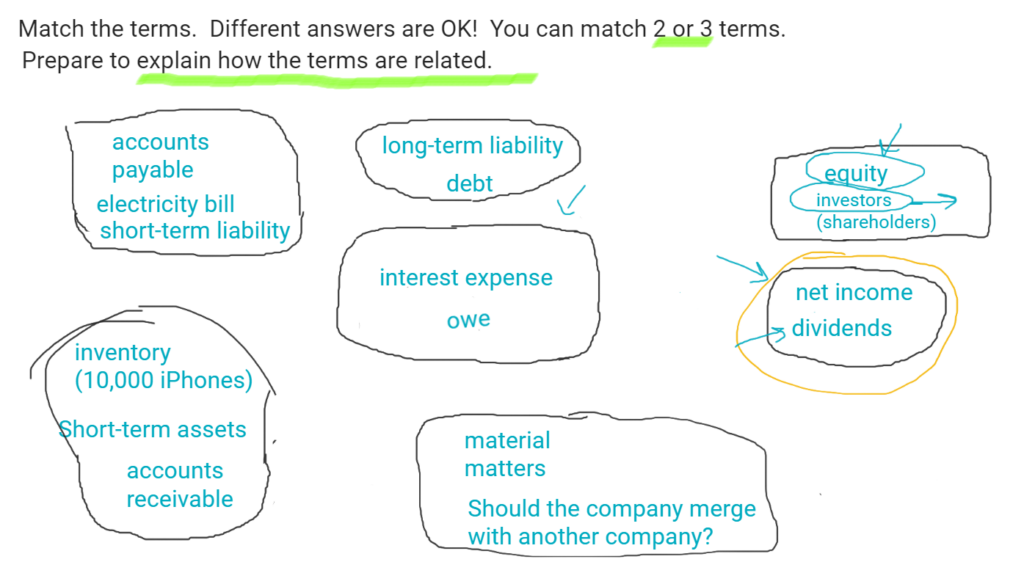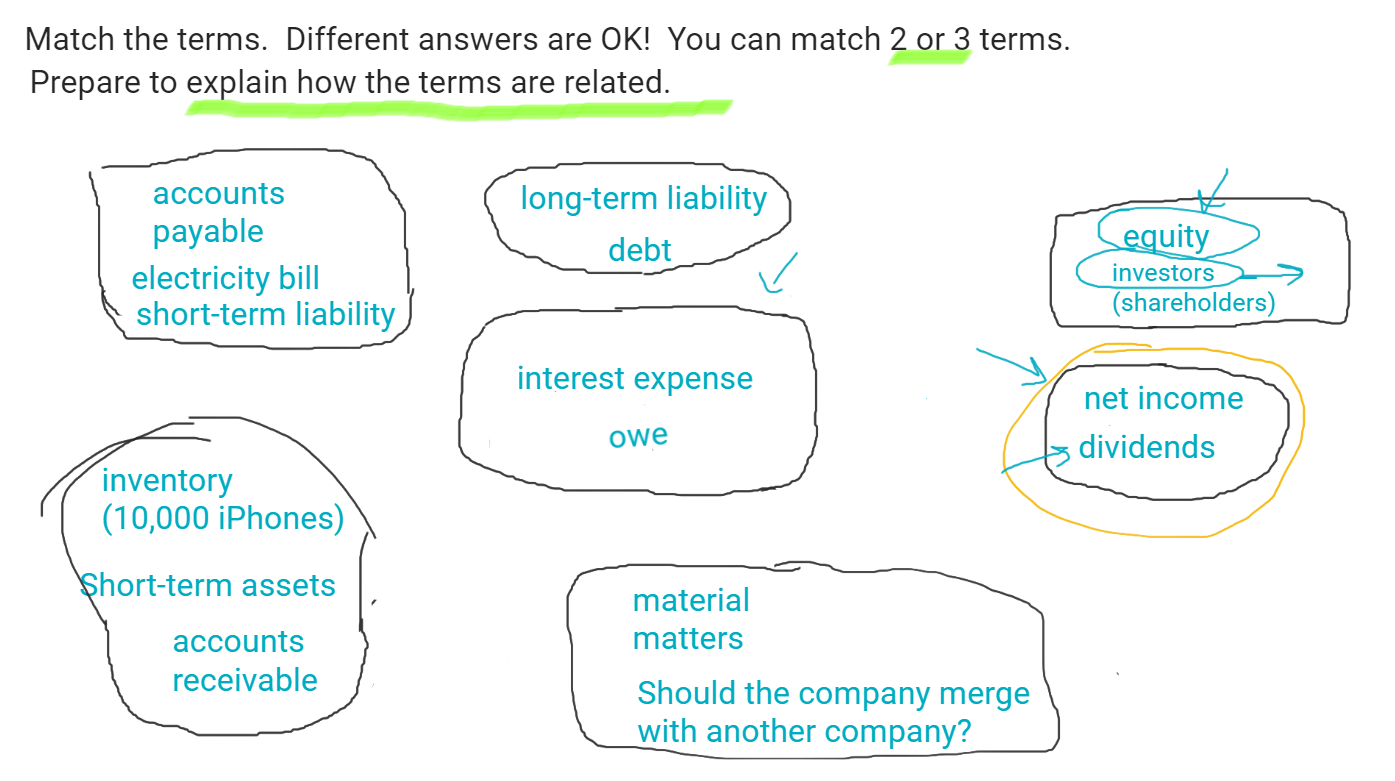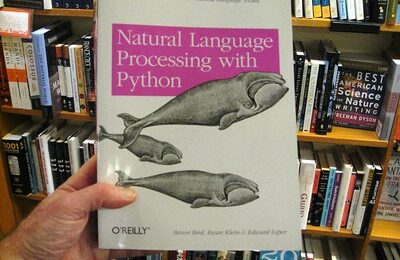A sorting task is a nice way to have learners work with vocabulary and help acquisition. Working with vocab leads to active recalls, which move words from short-term to long-term memory. This is part of Marzano’s 6-step process for building academic vocabulary.
In this post I want to describe my experiences using closed and open vocab sorts for teaching content words in an American college readiness course for Japanese college students.
Closed vocab sorts
In this type of sort, you create the categories. You can provide a Venn diagram or other graphic organizer as well. These are good for when the content words fit nicely into 2 or more categories, as in the example below from a unit on refugees, where I used “helpful” or “harmful” as categories:

Students worked in groups on Google Jamboard to sort these phrases, each containing a target word, into the appropriate category.
Open vocab sorts
This is something I decided to try in a Finance class, when I realized there were many possible relationships between words. I wanted to see whether the students could group the finance terms into whichever logical groups they could think of, which would require them to process the meanings and relationships between terms:

This was naturally a bit more difficult for students, as I didn’t specify what exactly I was looking for. The first time I used this activity, students said it was difficult, but after doing it a few times with different sets of words, they got used to the idea of thinking critically about words and making their own semantic groups. In the example above, “electricity bill” and “accounts payable” are both examples of “short-term liabilities,” so these 3 terms are grouped together. Similarly, “equity” is held by “shareholders,” which is a synonym for “investors.” These 3 terms were also grouped, but for a different reason.
I strongly feel that the open vocabulary sort helps build critical thinking skills and strengthens vocab acquisition since it requires more semantic processing. When it’s done in a group, it also requires discussion, as different students may have different opinions on how words should be grouped.
I’d like to discover more of the open vocab sort’s benefits and drawbacks. Can it be used with younger learners? It seems best for nouns and content-area language, but what about non-content area words, such as grammatical words like prepositions, transitions, etc.?
Marzano, R. & Pickering, D. J. (2005). Building Academic Vocabulary (Teacher’s Manual). ASCD.


